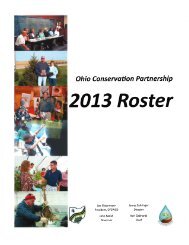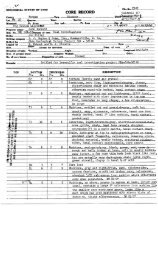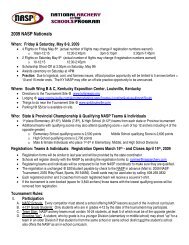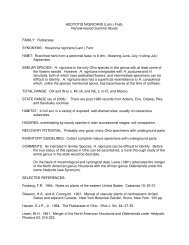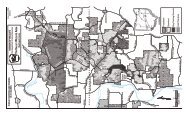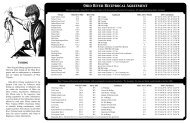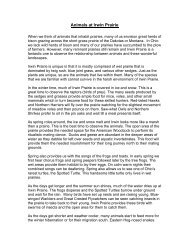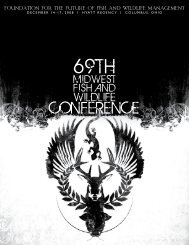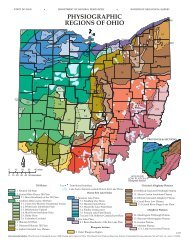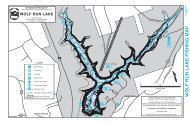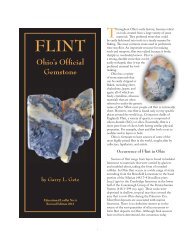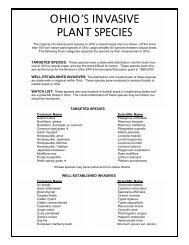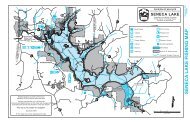MAMMALS OF OHIO f i e l d g u i d e
MAMMALS OF OHIO f i e l d g u i d e
MAMMALS OF OHIO f i e l d g u i d e
You also want an ePaper? Increase the reach of your titles
YUMPU automatically turns print PDFs into web optimized ePapers that Google loves.
CARNIVORA<br />
description<br />
Highly adapted for swimming, with<br />
a long, tapered body and short, dense<br />
fur. Their large feet are completely<br />
webbed. The tail is flattened and<br />
muscular.<br />
habitat<br />
Otters live in aquatic habitats,<br />
including rivers, lakes, and marshes.<br />
reproduction<br />
Breeding occurs in early spring<br />
following the birth of a litter. Young<br />
otters are self-sufficient by the time<br />
they are five to six months, but the<br />
family group remains intact for at<br />
least seven or eight months or until<br />
just prior to the birth of a new litter.<br />
did you know?<br />
The otter’s tail is important in the<br />
animal’s swimming ability and<br />
makes up about 50 percent of its total<br />
body length.<br />
© Ohio Division of Wildlife<br />
River Otter<br />
Lontra canadensis<br />
66



